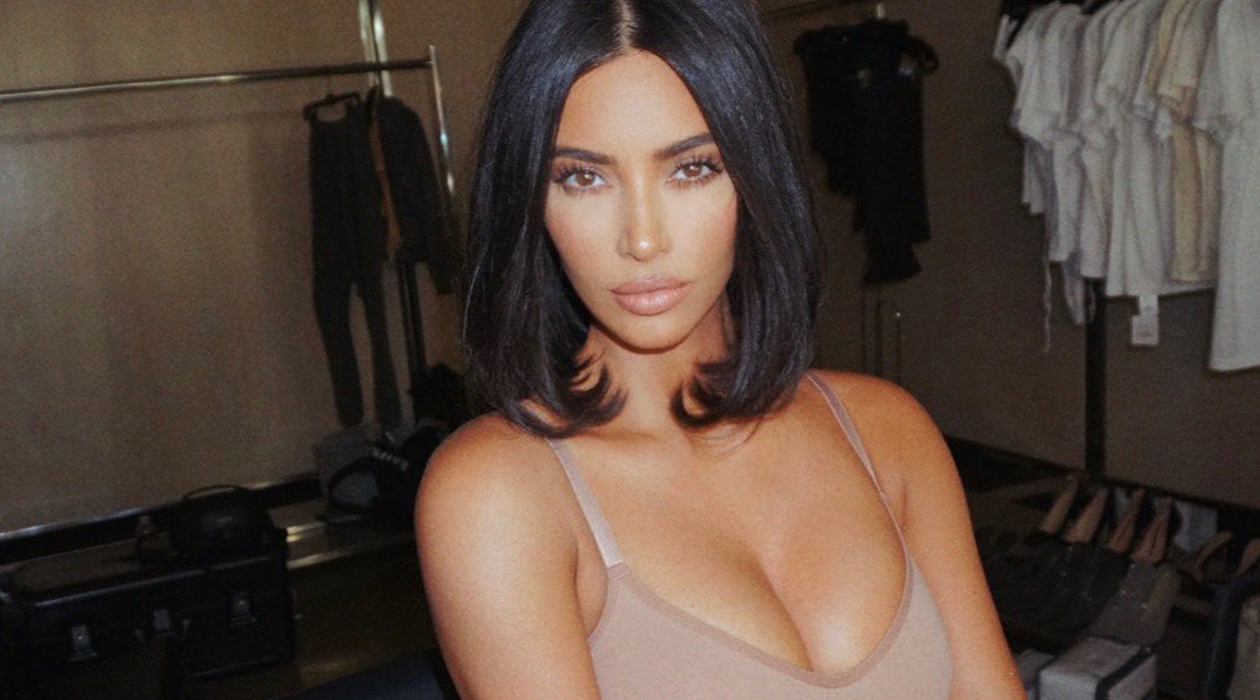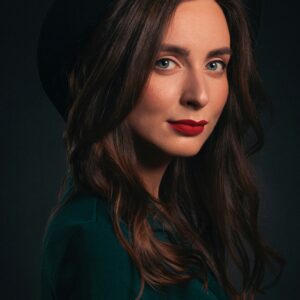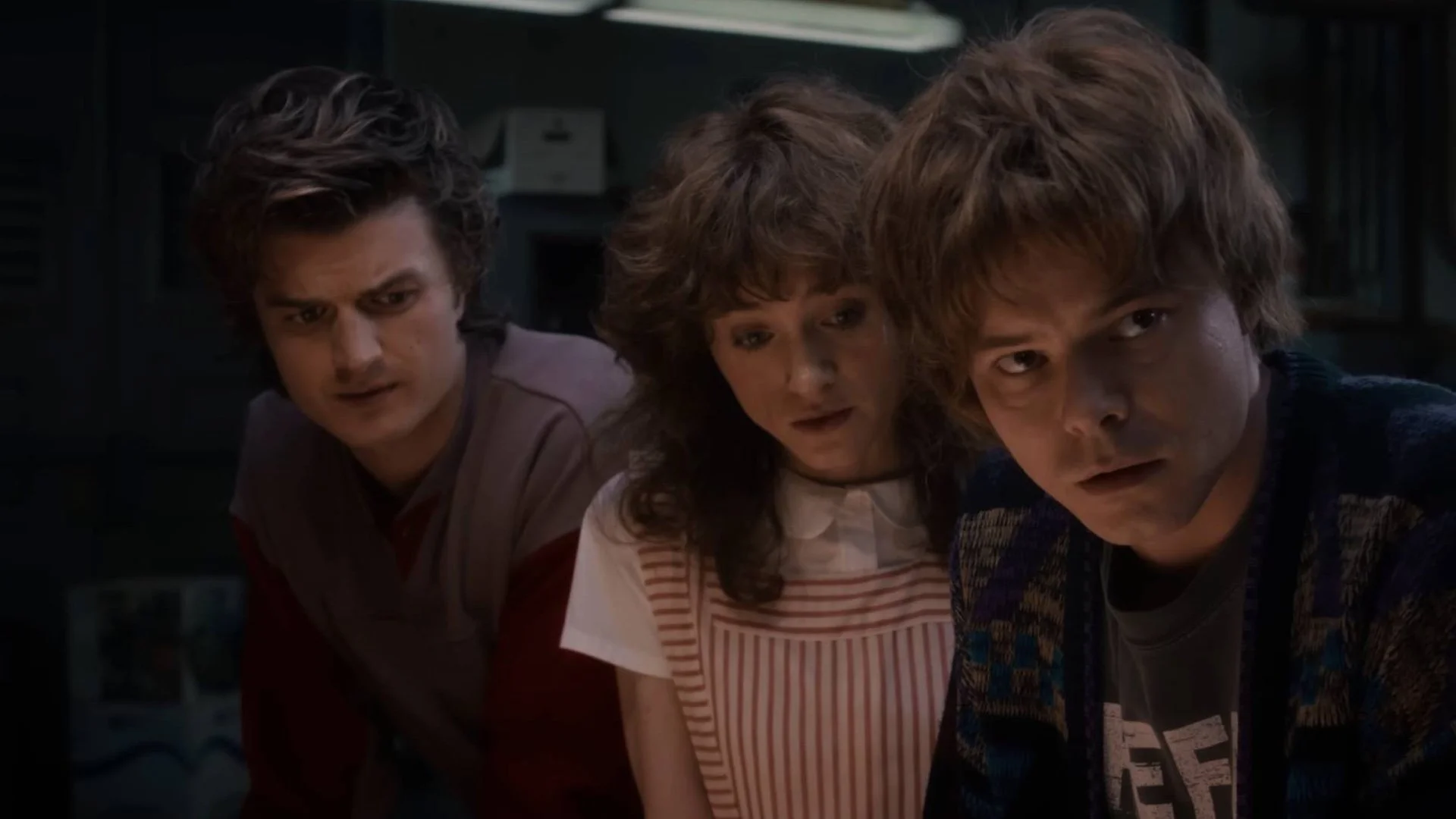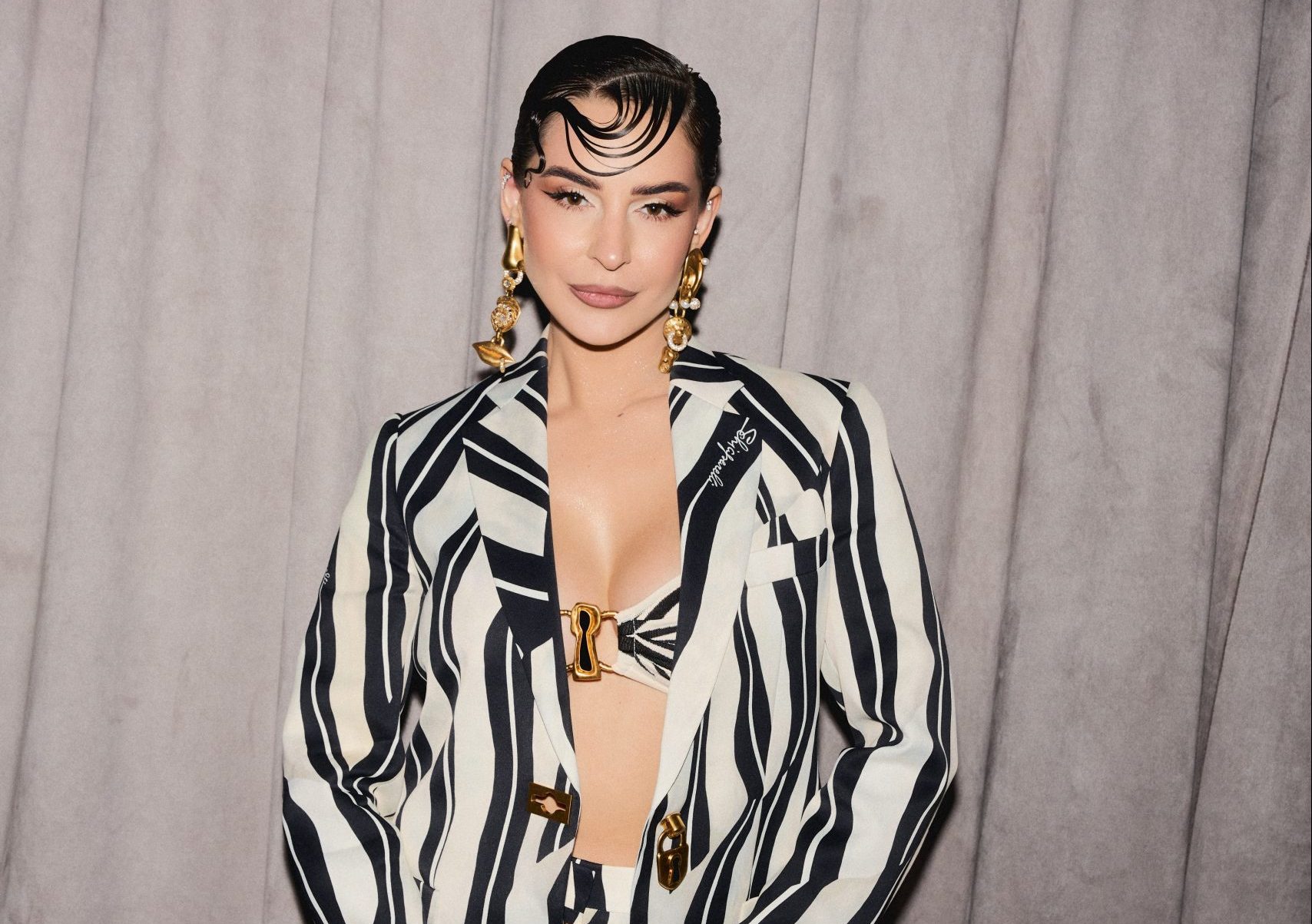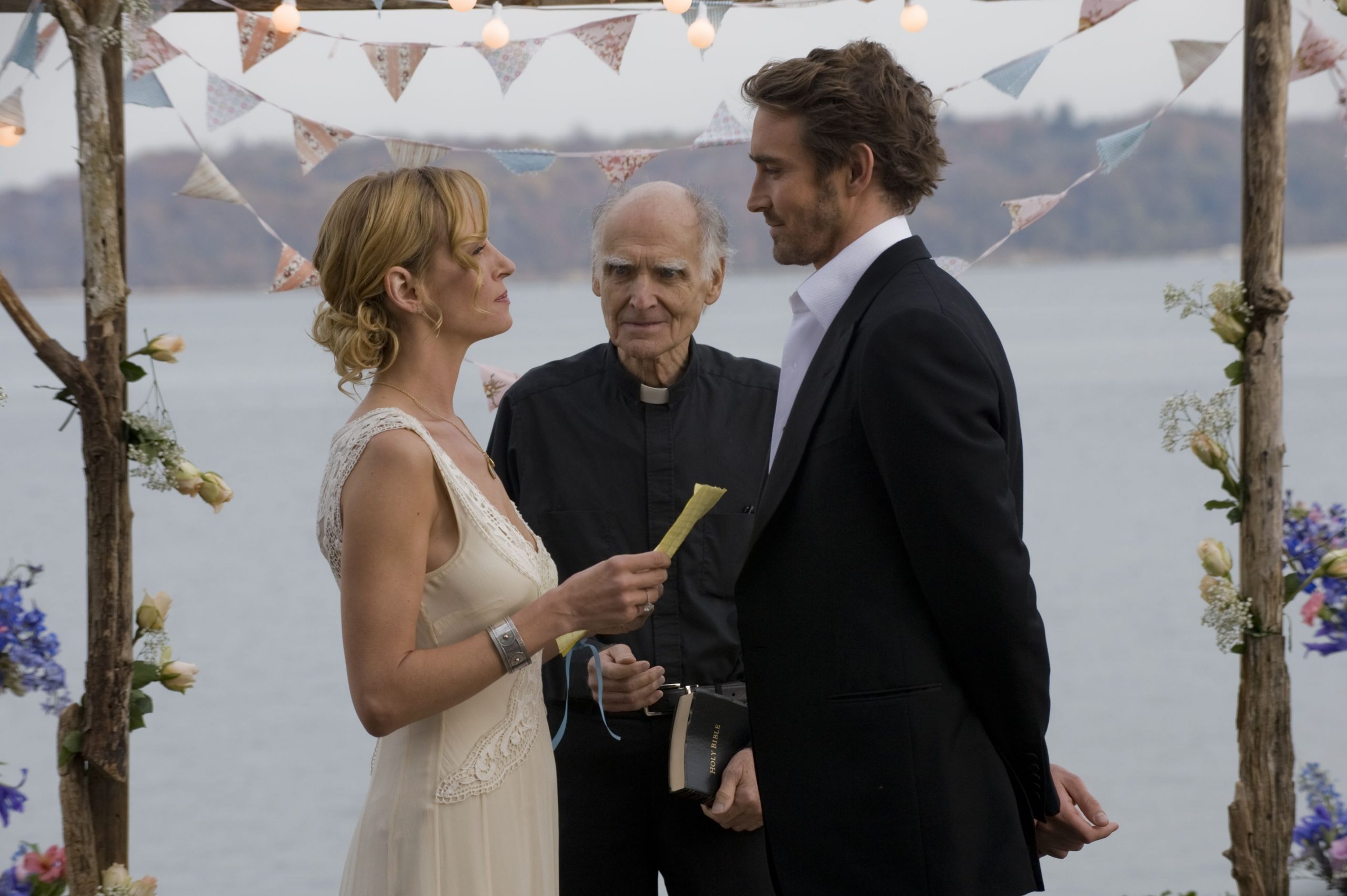Now if the concept of “beauty” is associated with Bella Hadid, Kaya Gerber and Kendall Jenner (along with others from the Kardashian clan) shining on the catwalks and glossy covers, and millions of girls around the world are trying to be like Kylie Jenner or, for example, Rosie Huntington-Whiteley, even 100 years ago, a boyish physique was considered fashionable.
Ideals in the 20th century often developed rapidly: for example, bustling breasts and a slim waist were standard in the 50s; In the 60s forms were replaced by extreme refinement; The “golden age” of supermodels has begun.
Then Cindy Crawford, Naomi Campbell, Claudia Schiffer, Linda Evangelista, Christy Turlington, Carla Bruni brought the famous 90/60/90 parameters into fashion and made the modeling profession the dream of millions.
So beauty standards seem to be changing as fast as TikTok trends.
Let’s remember how!
Antiquity (8th century BC – 5th century AD)
-

The Ancient Woman by John William Howard -

A Memoir by John William Howard
A true beauty of ancient times would have to have pale skin, rosy cheeks, long eyelashes, red hair (ideally), full lips and wide hips as a sign of fertility. But only noble ladies could wear make-up – they even had specially trained slaves who watched over their cosmetics.
Middle Ages (5th-14th centuries)
-

no. 6 Scenes from the Life of Joachim: Meeting at the 6th Golden Gate by Giotto di Bondone -

The Woman with the Ermine, Leonardo da Vinci
The main engine of beauty in this period was the ascetic church. Therefore, by the standards of small breasts (the girls were bandaged from childhood!), thin arms, legs, thin lips and, of course, no makeup – her church considered this a great sin. In addition, pregnancy came into fashion due to the cult of the Virgin Mary – so some even wore special linings or dresses with curtains on the stomach.
Renaissance (XIV – XVII centuries)
-

“Portrait of a Young Woman” by Sandro Botticelli -

The Birth of Venus by Sandro Botticelli
The Renaissance is about freedom. And the ideal of the beauty of that time was considered tall, long hair, wide hips, large breasts, a thin waist, fair skin, a wide forehead as a sign of intelligence and blond hair, as in Sandro Botticelli’s Venus. . By the way, special attention was paid to movements and posture – a straight back has become an indispensable attribute of a truly beautiful woman!
Baroque (XVII – XVIII centuries)
-

“Woman Playing the Oud” by Petro Rotary -

“Portrait of a young Russian woman” by Petro Rotari -

“Love Letter” by Jean Honore Fragonard
Naturalness is no longer in fashion and the first fashion magazines are coming out! Beauty standards are a thin waist, large breasts and hips, excessively high hairstyles, pale skin (for which it is covered with a mixture of lead white and egg white), red lips and cheeks, natural or artificial moles on the face, natural or artificial moles that appear later . became the symbol of marriage on his right cheek and engagement on his left cheek.
Industrialization (19th century)
-

Embroidery Framed Woman by Tito Agujari -

“Josephine Eleanor Marie de Pauline de Galard Brassac de Béarn, Princess de Broglie” by Jean Auguste Dominique Ingres
The 19th century turned out to be inconsistent in matters of beauty. This is when men’s items (shirts, jackets and vests) begin to appear in the women’s wardrobe, and other items become more obvious: short dresses, collars. The ideal appearance of the first half of the 19th century is sloping shoulders, a narrow waist and wide hips, sometimes even colored hair.
modern times (XX century)
-

Marilyn Monroe -

Cindy Crawford -

Linda Evangelist
Beauty and fashion are now tools of self-expression. Corsets are completely out of the wardrobe and are replaced by short skirts and short hair, cosmetics are now available to almost everyone. As for beauty, a trend, as a rule, did not last longer than several decades: in the 20s, a boyish body was in fashion, in the 50s – magnificent breasts and a thin waist in the 60s – extreme thinness, in the 80s – athletic and toned body and in the 90s – high growth and parameters 90/60/90.
our days
-

Photo: @selenagomez -

Photo: @kimkardashian -

Photo: @kaiagerber
Nowadays, the demand for excessive thinness is gradually disappearing, and in the trend – all complexion and parameters. There is no longer a race for big breasts and full lips, as Kylie Jenner did a few years ago, and the standards are approaching naturalness.
Source: People Talk
Elizabeth Cabrera is an author and journalist who writes for The Fashion Vibes. With a talent for staying up-to-date on the latest news and trends, Elizabeth is dedicated to delivering informative and engaging articles that keep readers informed on the latest developments.

